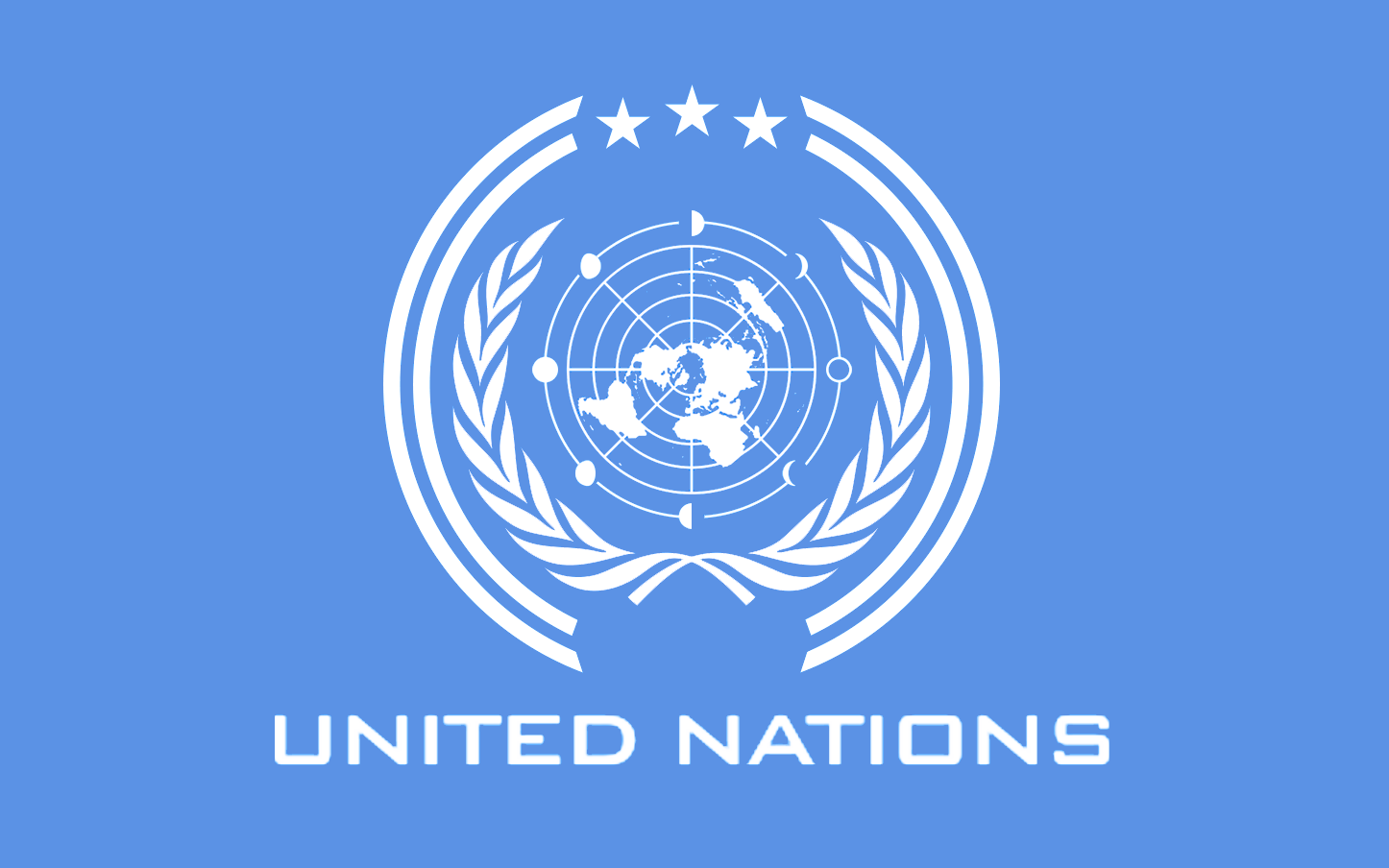Part 1 of 5 Parts
At the end of January, the Treaty on the Prohibition of Nuclear weapons will take full legal effect after being ratified by fifty members of the U.N. Just as the Chemical Weapons Convention and the Biological Weapons Convention, it will be an international treaty banning weapons of mass destruction. It will follow the same process as the Mine Ban Treaty and Cluster Munitions Convention which brought together a coalition of civil society and diplomats for the purpose of banning and eliminating weapons based on their potential for humanitarian harm. This new treaty has broad international support. One hundred and twenty-two members of the U.N. voted for its adoption in 2017. These countries continue to express their support for the treaty in statements to the U.N General Assembly after the initial vote. Nuclear armed states and some of their allies have expressed their resistance to the ratification of the treaty.
Supporters of the treaty say that political scientists and nuclear policy experts connected to nuclear armed states have repeatedly made mistakes in their analysis and interpretation of the treaty and the international laws that apply to it. In 2019, about eight hundred nuclear policy experts met in Washington, D.C. and mistakenly predicted that the treaty would not enter into force before March 2021. A French analyst actually misquoted the text of the treaty in a publication about the conference. This mistake was not identified by any of the reviewers and had to be corrected after publication of the article.
The International Campaign to Abolish Nuclear Weapons (ICABW) won the 2017 Nobel Peace Prize for its work on negotiating the new treaty. International lawyers, academics, technical experts, diplomats, survivors of nuclear weapon use and testing, and advocates with regional expertise were among those who worked on the treaty. Some academics and nuclear policy experts who are not as familiar with the treaty as those who actually drafted and passed it often make one or more of five major mistakes when they analyze this treaty and the applicable international law. Here is a discussion of these five common errors with respect to the treaty.
The first common mistake is the idea that this treaty is just symbolic. However, there is a clear legal impact associated the treaty. When it enters into force in January, all the signatories will have to comply with the treaty’s prohibitions and implement its obligations. Some of the articles in the treaty reinforce existing obligations of other treaties. In addition, signatories will assume new legal obligations. Some critics of the treaty have mistakenly suggested otherwise. Even if no new countries join the treaty, the treaty is certainly not symbolic from a legal perspective.
The treaty prohibits its members from developing, testing, producing, manufacturing, transferring, possessing, stockpiling, using (or threatening to use) nuclear weapons, or allowing nuclear weapons to be stationed on their territory. In addition, it also prohibits members from assisting, encouraging, or inducing states to engage in any of these prohibited activities. Some of the prohibitions in the new treaty are already part of nuclear weapons-free zone treaties but not all the members of the new treaty are a party to one of these existing treaties. While there is a Comprehensive Nuclear-Test-Ban Treaty, it has not yet entered into force. Therefore, the new treaty will be the only international treaty in force that bans nuclear testing.
Please read Part 2
Nuclear Weapons 737 – The Treaty on the Prohibition of Nuclear Weapons Goes Into Force In January of 2021 – Part 1 of 5 Parts

Written by
in
